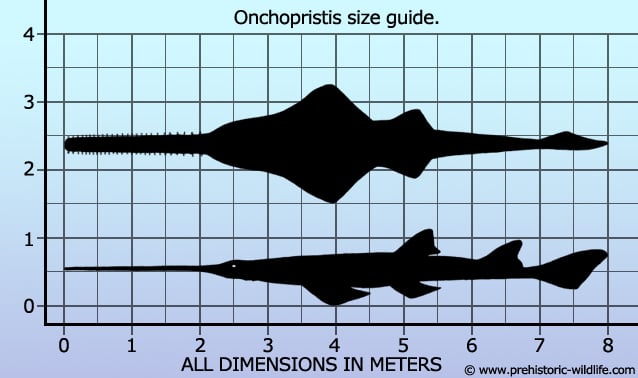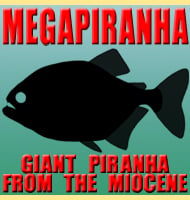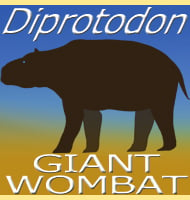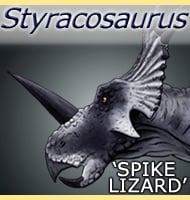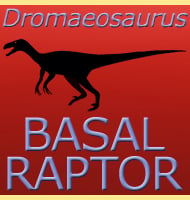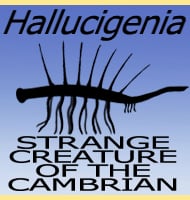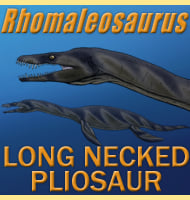In Depth
As an ancient member of the pristidae, Onchopristis would have been more closely related to rays than to sharks. Like modern day sawfish, Onchopristis would have used the rostrum that extended for as much as two and a half meters in front of it to sense prey. Once prey was detected, Onchopristis would swipe its rostrum towards it, impaling its victim upon the barbed spikes that ran down either side of the rostrum. The use of the rostrum as a sensory and killing device is a result of sawfish living near the bottom of their aquatic environments, and as such it is highly likely that Onchopristis shared this kind of lifestyle.
Further Reading
– VIII. Pal�ontologie [VIII. Paleontology]. Documents Scientifiques de la Mission Saharienne. – Mission Foureau-Lamy 2:751-832. – E. Haug – 1905. – Ergebnisse der Forschungsreisen Prof. E. Stromers in den W�sten �gyptens: Wirbeltier-Reste der Baharije-Stufe (unterstes Cenoman). – Abhandlungen der K�niglich Bayerischen Akademie der Wissenschaften, Math.-naturwiss. Abt., N.F. 28 (8): 1–28. – E. Stromer – 1917. – Records of the northern hemisphere Cretaceous Sawfish genus Onchopristis (order batoidea) from New Zealand. – New Zealand Journal of Geology and Geophysics. 20 (2): 263–272. – I. W. Keyes – 1977. – Articulated cranium of Onchopristis numidus (Sclerorhynchidae, Elasmobranchii) from the Kem Kem Beds, Morocco, by D. B. Dutheil & P. M. Brito. – In 1st International Congress on North African Vertebrate Palaeontology, Program & Abstracts, Marrakech, 25–27 May 2009, p. 66. – N.-E. Jalil (ed).
